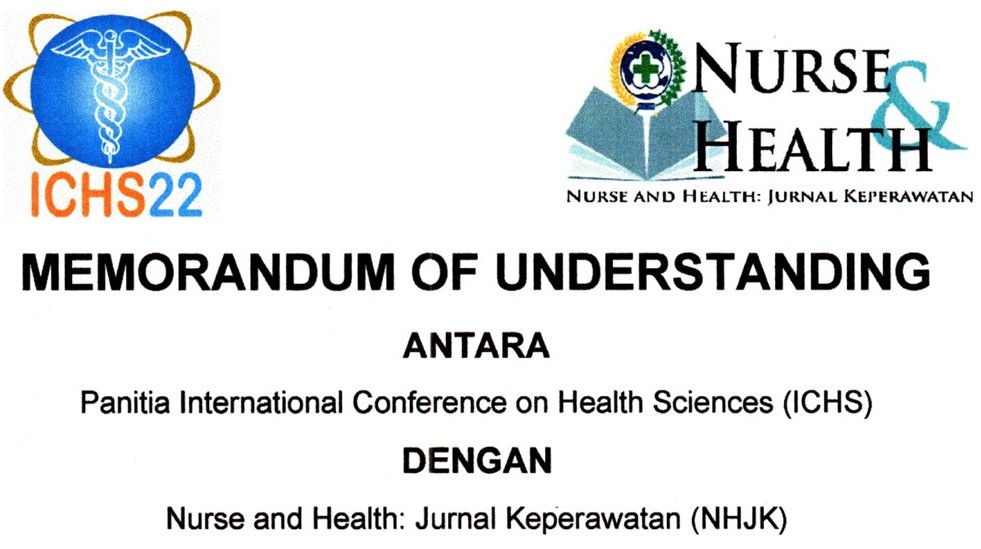RABIES PREVENTIONS IN HUMANS IN THE WORKING AREA OF EAST TOMONI PUBLIC HEALTH CENTER
Abstract
Background: Rabies is a deadly disease that is transmitted from animals to humans and attacks the central nervous system (WHO, 2016). Data reported by the World Animal Health Organization (OIE) revealed that the global human death rate due to rabies is almost 70 thousand per year. In other words, every ten minutes one person in the world dies from the virus. Objectives: This study aimed to find out the knowledge and prevention of rabies carried out by the community around the East Tomoni Public Health Center. Methods: This study was conducted in the working area of East Tomoni Public Health Center by involving 390 participants in August 2020. Data was collected using simple random sampling. The instrument of this study is questionnaire. Statistical test method used to know independent variables are univariat analysis and bivariat analysis. Results: The majority of good knowledge as much as 351 (90%) respondents were less Knowledge while 39 (10%) respondents. Good attitude as many as 318 (81.5%) Respondents have a pretty good attitude as many as 72 (18.5%) Respondents. Good rabies prevention measures were 347 respondents (88.9%) while those who had less rabies prevention measures were 43 (11.02%) respondents. The results of the study using the Pearson Chi-Square test showed that the level of knowledge was p-value = 0.000 (α < 0.05) means there is a relationship between the level of knowledge and rabies prevention measures in the work area of the Tomoni Timur Public Health Center, whereas, the attitude with the Pearson Chi-Square test shows that the attitude of p-value = 0.000 (α < 0.05) means that there is a relationship between attitude and rabies prevention measures in the working area of the Tomoni Community Health Center. Conclusion: There is a relationship between knowledge and attitudes of the community and rabies prevention in the East Tomoni Community Health Center.Downloads
References
Dikes Luwu Timur, dinas kesehatan kabupaten L. (n.d.). Kasus Rabies Terus Meningkat di Luwu Timur, Terbaru Satu Pasien Meninggal Digigit Anjing - Tribun-timur.com. Retrieved December 3, 2021, from https://makassar.tribunnews.com/2020/02/18/kasus-rabies-terus-meningkat-di-luwu-timur-terbaru-satu-pasien-meninggal-digigit-anjing
Dinkes Sul-Sel, D. K. P. S. S. (n.d.). Data Dinkes Sulsel: Jumlah Warga Digigit Ajing Meningkat - Tribun-timur.com. Retrieved December 3, 2021, from 2019 website: https://makassar.tribunnews.com/2019/02/27/data-dinkes-sulsel-jumlah-warga-digigit-ajing-meningkat
Hoetama, E., Tanri, N. P., Gianni, L. F., Kusuma, K. B., Gunardi, H. D., Suryadi, E. F., & Indonesia, F. K. U. (2016). Pengetahuan , Sikap , dan Perilaku Masyarakat terhadap Penyakit Rabies di Kabupaten Manggarai , Nusa Tenggara Timur , 2014. 4(3), 3–8. https://doi.org/10.23886/ejki.4.7111.177-82.Abstrak DOI: https://doi.org/10.23886/ejki.4.7111.177-82
Kementerian Kesehatan RI. (2020). Situasi dan Analisis Rabies. Info Datin, pp. 1–6.
Monai, E. S., Panjaitan, R., & Langelo, W. (2015). Hubungan Tingakat Pengetahuan dan Sikap Masyarakat Dengan Perilaku Pencegahan Rabies Di Desa Bantik Kcematan Beo Kabupaten Talaud.
Notoatmodjo. (2007). Promosi Kesehatan dan Perilaku Kesehatan. PT.Rineka Cipta: Jakarta.
Notoatmodjo. (2010). Metode Penelitian Kesehatan. PT.Rineka Cipta: Jakarta.,2012.
Notoatmodjo. (2014). Pendidikan dan Perilaku Kesehatan. EGC : Jakarta.
Sugiyono. (2017). Metode Penelitian Bisnis : Pendekatan Kuantitatif, Kualitatiff, Kombinasi, dan R&D. Alfabeta : Bandung,2018.
Wattimena, J. C., & Suharyo. (2010). Jurnal Kesehatan Masyarakat Andalas. Universitas Negeri Semarang.
WHO. (2005). WHO Technical Report Series 931 WHO EXPERT CONSULTATION ON RABIES First Report 2 WHO Library Cataloguing-in-Publication Data. 1–121.
WHO. (2016). Rabies. Retrieved December 3, 2021, from https://www.who.int/health-topics/rabies#tab=tab_1
Zahranita, W. (2016). Hubungan Pengetahuan dan Sikap Masyarakat Tentang Rabies Dengan Tindakan Pencegahan Rabies di Kelurahan Cupak Tangah Wilayah Kerja Puskesmas Pauh.
Copyright (c) 2021 Armawati Abidin, Anas Budi

This work is licensed under a Creative Commons Attribution-NonCommercial 4.0 International License.
Authors who publish with Nurse and Health: Jurnal Keperawatan agree to the following terms:
- Authors retain copyright licensed under a Creative Commons Attribution-NonCommercial 4.0 (CC BY-NC 4.0), which allows others to remix, tweak, and build upon the authors' work non-commercially, and although the others' new works must also acknowledge the authors and be non-commercial, they don't have to license their derivative works on the same terms.
- Authors are permitted and encouraged to post their work online (e.g., in institutional repositories or on their website) prior to and during the submission process, as it can lead to productive exchanges, as well as earlier and greater citation of published work (See The Effect of Open Access). Authors can archive pre-print and post-print or publisher's version/PDF.








_resize1.jpg)















